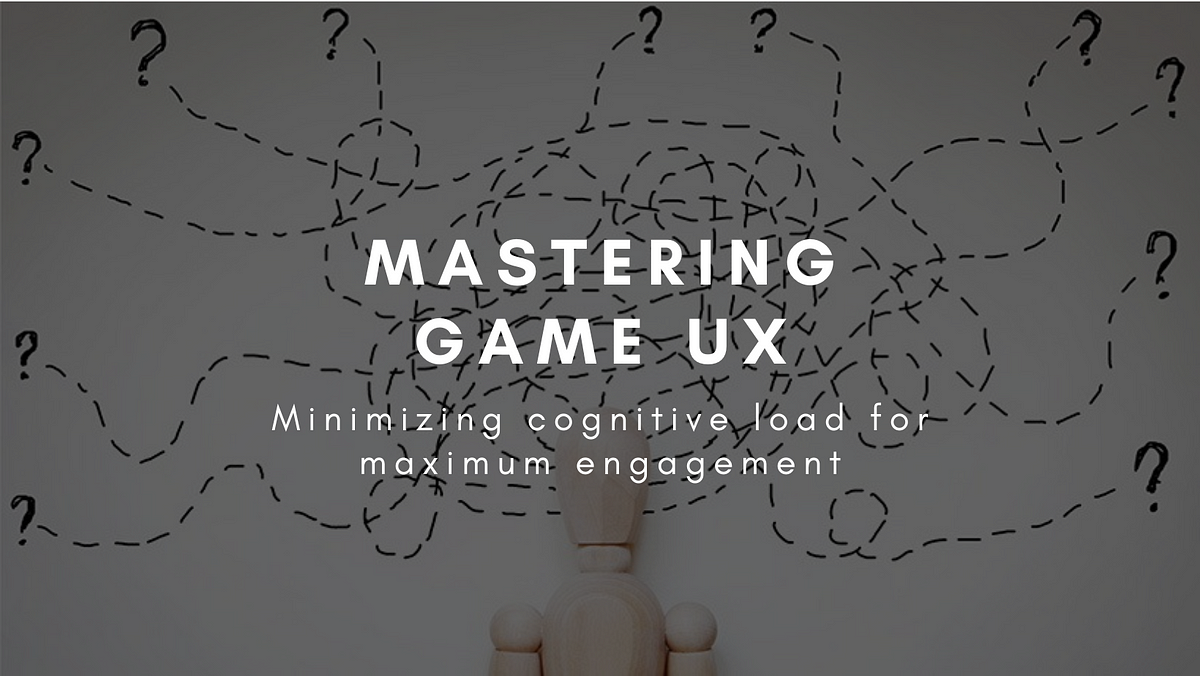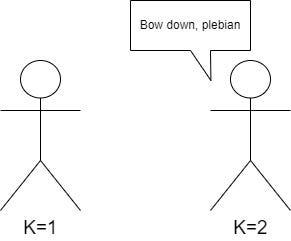- Signposted
- Posts
- Signposted #14
Signposted #14
Featuring Tutorials, Helldivers 2 Game Club, & the Best of Game Design

Currently spreading democracy, liberty, and FREEDOM throughout the galaxy in Helldivers 2.
Hey Designer,
Welcome to issue #14 of Signposted!
We have a massive issue this time around.
Helldivers 2 won as the game we’ll be playing and analyzing in the Signposted DIscord
We’ll run through the flow and some tips to create great tutorials
And lastly I was on the Indie Game Lunch Hour podcast recently talking about self determination theory and I how I got my start in the industry
In the best of series, we’ve got some amazing pieces:
Corey Hobson presents strategies for reducing players’ cognitive load through UX
Christopher Kaczmarczyk-Smith discusses K-Level thinking
SnoMan Gaming is back with a video on movement in games
Adam Millard returns as well, this time discussing why you can never play the same game twice
In this issue’s bonus video Extra Credits is reviewing why some hard games feel good
And the Game Economist Cast is talking Palworld & Cassette Beasts
Last weeks trivia saw 60% of readers get it right! In 2015 Tetris was induced into the World Video Game Hall of Fame. We’ve got another fun one this issue as well.
If you enjoy Signposted please be sure to share it so more people can enjoy this content! 😁
Thanks and let’s get into it!
Signposted Discord is playing Helldivers 2!
If you haven’t joined yet, we have a Signposted Discord! In there we discuss various game design books in the game design book club and the design of Helldivers 2 in the GD Game Club. A monthly game design book club for games. Join up at the button below!
Bi-Weekly Analysis and Updates
After each there is a quick breakdown of the most important points for anyone in a rush.
Game Design Concepts: Tutorials
In this carousel I’m discussing the flow and some tips for creating tutorials.
Quick Takeaway:
Why are tutorials important?
Without effective tutorials, players won’t learn your systems and are more likely to have a bad time and quit.
So what do we need to keep in mind when making tutorials
Teach>Practice>Test
Step 1:Teach
Teach or show the player how to use the system while they interact with it
Teach +1
Less text is generally better. Less localization, and players generally hate reading
More images to explain the action are better
Cuphead uses minimal text, arrows, and button images to teach the player how to play

Step 2: Practice
Let the player make use of the system on their own a few times
Practice +1
Player controlled encounters (passive enemies so player can control engagement)
When learning crafting spawn extra resources beyond what's needed
Palworld starts with an area filled with passive Pals and extra early resources which allows the player to easily practice what they’ve been learning on their own

Step 3: Test
Make the player use the system to progress to the next area
Test +1
Players need to do the action to actually kick into the rest of the game
Helldivers has a final test at the end of their tutorial where the player must put everything they’ve learned together and clear out two bug spawners to access the rest of the game

A Note on Tutorials
When teaching or practicing concepts, break them up into the smallest steps possible
Example
Instead of just saying “Craft a potion”
Start off with “Collect X resources”
Then “Craft a potion at the crafting station”
Keeping the steps small and having clear information to guide players will make it more likely they don’t get lost and are able to complete the task
Thank you for reading
If you enjoyed this post, share it!
Indie Game Lunch Hour Podcast Guest
Recently I was a guest on the Indie Game Lunch Hour Podcast.
We talked about some fun topics:
Systems design
Why players continue playing games beyond the campaign
How I got my start, got kicked out, and got back into the industry.
We even answered some listener questions - Rick had some particularly great ones!
👇Check out the episode below.
This Issue’s Community Trivia!
The Best of Game Design
Disclaimer: All of the following articles, podcasts, and videos are not written, made, or owned by me. I am only curating, commenting on, and highlighting the best game design work I can find from mostly recent posts.
The Best of Written
🏆 Issue #14 Scott’s Pick 🏆- Minimizing Cognitive Load: Strategies for Simplifying Complex Systems in Game UX
By Corey Hobson
Have you ever played a game and just been overwhelmed by the UI? That’s what Corey is discussing today, he has 5 design principals which will help you to better reduce the cognitive load on players.
K-Level Thinking
By Christopher Kaczmarczyk-Smith
K-Level thinking is an economic principle which I think has some application in games. Much like game economists create profiles for users which are engaging in game theory scenarios, other designers do the same when balancing progression and other mechanics.
Fun Fact: Grand Theft Auto was originally supposed to be a racing game.
The Best of Video
Good Game Design - Movement
By Snoman Gaming
Movement is one of the first mechanics a player encounters in games. It can make or break your game if you’re not careful. Snoman explores what makes movement feel satisfying in games.
The Architect of Games - You Can Never Play The Same Game Twice
By Adam Millard
Working in game balance and progression, I often end up in discussions regarding replayability and new game+. How the player experiences the game their first time through, vs how they experience it in subsequent playthroughs is something to keep in mind in this particular scenario. Adam explores this concept.
Bonus Video: The Jerk Principle
By Extra Credits
I try to not highlight Extra Credits and GMTK because their channels are so big, but this video on the Jerk Principle blew my mind. I’ve used this principal in some of my own designs and didn’t know it had a name until this video.
Note: If you have a blog, podcast, or video channel you would like to be considered for the Bi-Weekly Best of Series, please send me a link and I’ll add it to the feed.
The Best of Audio
E22: Airdropping The Missing Web3 Palworld Take
By Game Economist Cast
This issue’s podcast is a little more casual, in this podcast they discuss why some menu RPGs feel slow (cassette Beasts/Pokemon) and how some other games handle speeding up the combat. How even chess had power creep over the course of 1000 years. And some more fun takes.
And that’s it for Signposted #14. Thanks for reading!
Scott
If you enjoy Signposted please be sure to share it so more people can enjoy this content!




